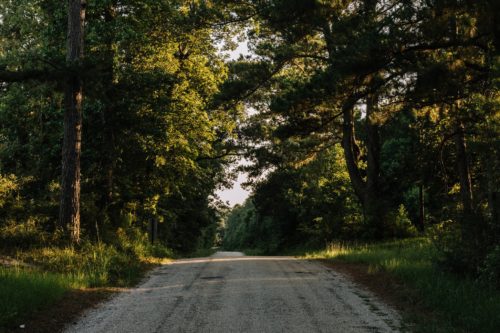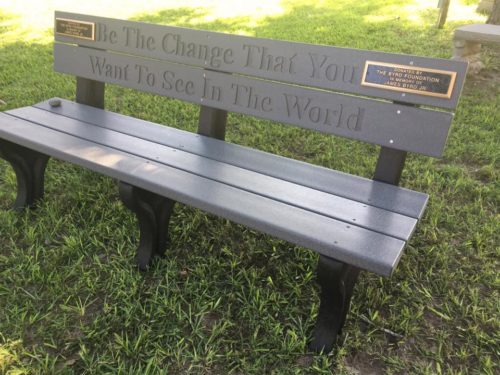In Texas, a Decades-Old Hate Crime, Forgiven but Never Forgotten
Share
Explore Our Galleries
Breaking News!
Today's news and culture by Black and other reporters in the Black and mainstream media.
Ways to Support ABHM?
By Audra D. S. Burch, The New York Times

The sun set over a section of Huff Creek Road, where James Byrd Jr. was dragged to his death behind a pickup truck by three white supremacists on June 7, 1998.Credit William Widmer for The New York Times
JASPER, Tex. — Sometime after church but before dinner, Sgt. James Carter of the Jasper County Sheriff’s Office knocked on the front door of James and Stella Byrd’s home. He stepped into the living room, removed his white cowboy hat and bowed his head. Then, with a somber look on his face that the Byrds still remember years later, he delivered the news that their son James Byrd Jr. was dead.
The horrific circumstances surrounding his death they would learn later: Chained by his ankles to a pickup truck by three men, he had been dragged three miles, murdered before the sun rose that Sunday morning 20 years ago.
“I just knew something was terribly wrong,” Betty Boatner, 63, one of Mr. Byrd’s younger sisters, whispered as she sat on a picnic bench at a memorial park now named in his honor. “It’s such a small town that we had already heard the rumors that a black man was found dead, but we didn’t know who it was. Until the knock on our door.”

Photo from KFDM New’s post.
The family forgave Mr. Byrd’s three killers long ago and made peace with Jasper, the small East Texas town where they have lived for three generations. But as the nation faces a spread in bias crime incidents, the family wants to ensure the public remembers one of the worst hate crimes of the 20th century. In the years since Mr. Byrd’s death, both state and federal hate crime laws bear his name.
As part of the 20th anniversary, the Byrd Foundation for Racial Healing has announced plans to open a museum in Jasper and digitize an anti-hate oral history project. Earlier this month, the foundation unveiled a memorial bench on the grounds of the county courthouse where two of the three killers were prosecuted. The inscription reads: “Be The Change That You Want To See In The World…”
Read the entire article here
Read about the National Memorial for Peace and Justice here
Read more Breaking News here









Comments Are Welcome
Note: We moderate submissions in order to create a space for meaningful dialogue, a space where museum visitors – adults and youth –– can exchange informed, thoughtful, and relevant comments that add value to our exhibits.
Racial slurs, personal attacks, obscenity, profanity, and SHOUTING do not meet the above standard. Such comments are posted in the exhibit Hateful Speech. Commercial promotions, impersonations, and incoherent comments likewise fail to meet our goals, so will not be posted. Submissions longer than 120 words will be shortened.
See our full Comments Policy here.